The Story of Irena Sendler — The Woman Who Refused to Break
Some stories take time to surface. Not because they were forgotten, but because the people who lived them never asked to be remembered.
Irena Sendler was one of those people. A quiet presence in a time of unimaginable cruelty, she saved over 2,500 Jewish children during the Holocaust — not with fanfare or weapons, but with paperwork, disguises, forged documents, and extraordinary resolve.
She didn’t make speeches. She didn’t seek recognition. She simply refused to look away.
A Childhood Rooted in Compassion

Irena was born in Warsaw, Poland, in 1910. Her father, a doctor, raised her with a lesson she carried for life: “If you see someone drowning, you must jump in to save them, whether you can swim or not.”
When he died of typhus after treating patients others wouldn’t go near, she was just seven years old. But the seed of courage had already taken root.
In the 1930s, as antisemitism spread across Europe, Irena — then a social worker — was already pushing back. She defaced her own university ID card, scratching out the section that barred her from helping Jewish students. She was suspended, but she didn’t stop.
By the time the Nazis built the Warsaw Ghetto in 1940 — walling in more than 400,000 Jewish people in a space barely over a square mile — Irena had already decided where she stood.
Smuggling Hope Through the Walls
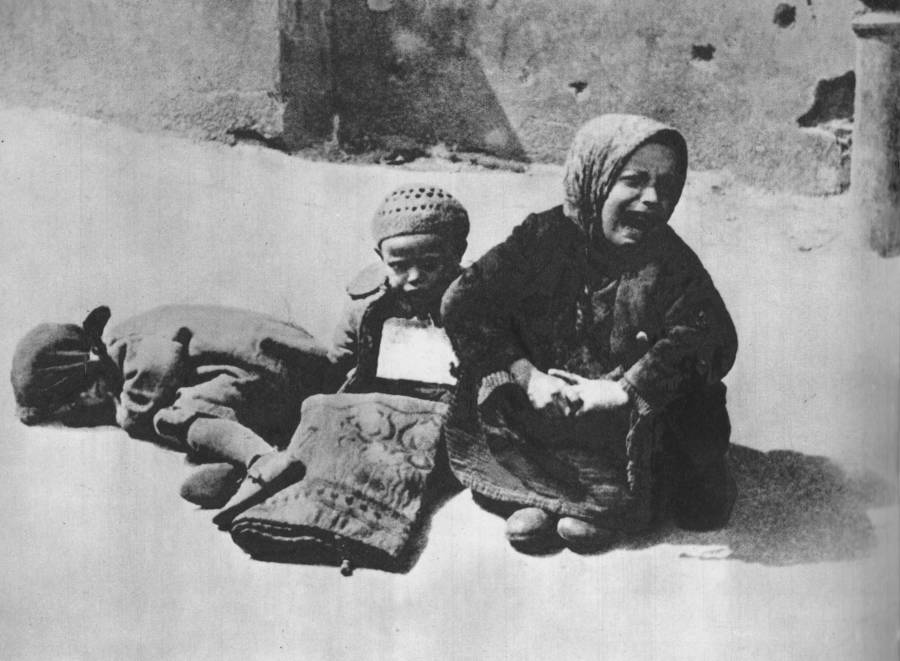
Working for the Warsaw Department of Social Welfare, Irena had an official pass that allowed her to enter the Ghetto under the pretense of checking for disease. What she actually brought in were food, medicine, and small moments of comfort.
But what she carried out were lives.
One by one, she began smuggling children out — infants, toddlers, older children — in whatever ways she could:
- Hidden in toolboxes, suitcases, or sacks
- Escorted through underground tunnels and secret passageways
- Slipped through courthouse exits or hidden among garbage in wagons
Sometimes, babies were sedated to keep them quiet. Older children were taught Catholic prayers and given new names. It was not just about physical escape — they had to disappear into another identity.
Each child’s original name, along with their assumed name and location, was carefully written and stored in coded lists buried in glass jars beneath an apple tree in a friend’s yard.
Irena believed the war would end, and that the children could one day be reunited with their families.
She didn’t see herself as brave. Just responsible.
Captured, Tortured, Silent
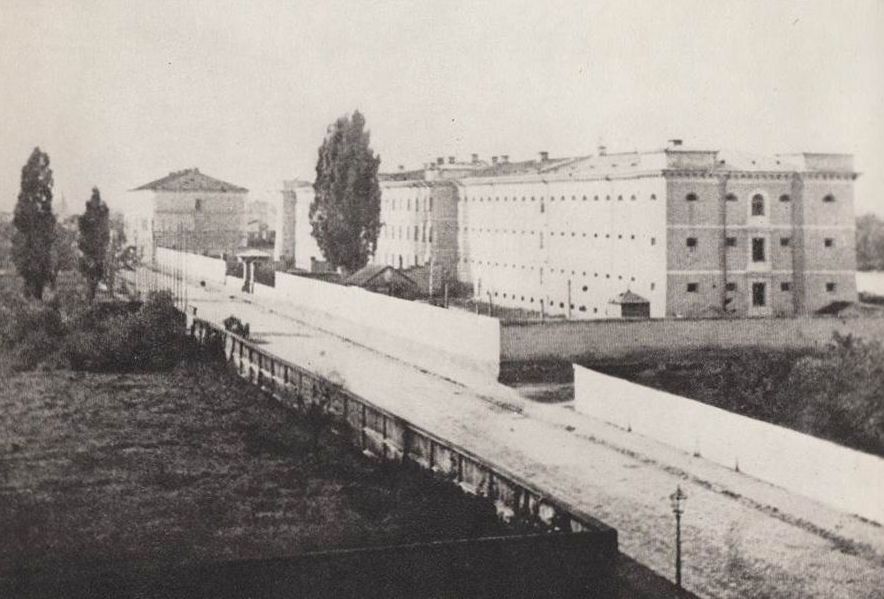
In 1943, her work was discovered. The Gestapo arrested her and took her to Pawiak prison.
There, they broke her legs and feet during interrogation. They beat her. Demanded the names of the children, the families hiding them, the members of her underground network.
She gave them nothing.
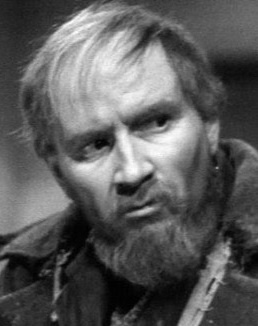
“The actual camp appeared like an untidy slaughterhouse. A pungent smell hung heavily in the air… The further we walked into the site, the stronger the smell of burnt flesh became, and dirty-black ash rained down on us from the heavens, darkening the snow…”
These were the words of Nikolai Politanow, one of the first Red Army soldiers to enter Auschwitz. His account was never meant for books or lectures — it was simply what he saw, and what he never forgot.
👉 Read the full account here.Sentenced to death, she was saved only because the Polish resistance managed to bribe a German guard. The next morning, her name appeared on a public execution list. But she was already gone — spirited away into hiding, with broken bones and an unshaken will.
She resumed her work almost immediately, still under a false name, still collecting the names of children she had helped save.
Her body bore the cost. But her silence had saved hundreds.
While Irena Sendler risked her life to smuggle children past Nazi guards, halfway across the world, another quiet hero was doing the same — with nothing but a pen.
👉 Meet Chiune Sugihara — the Japanese diplomat who defied orders to handwrite life-saving visas for thousands of Jewish families.
After the War — and After the Silence
When the war ended, Irena dug up the glass jars and gave the lists to the Jewish Committee.
But most of the children had no families to return to. Their parents had been murdered in camps or ghetto uprisings. The names in the jars were often the only record of their past.
Irena never made herself the center of the story. For decades, her work remained largely unknown outside Poland. Under communist rule, her actions were considered politically inconvenient — tied too closely to resistance networks and religious institutions.
She returned to social work. Raised children of her own. Lived modestly.
Only in the 1990s did her story begin to spread more widely. A group of Kansas high school students researching the Holocaust stumbled upon her name and launched a play titled Life in a Jar. That play would eventually bring Irena’s story to international light.

“People were crying, shouting, and hugging in the streets — but no one knew what came next.” It was April 30, 1945. In a bunker beneath Berlin, Adolf Hitler was gone. On the streets above, the world held its breath.
From soldiers to survivors, these are the raw, human moments from the day the war’s darkest chapter began to close.
👉 Read the full story here.She was honored by Yad Vashem in Israel as one of the “Righteous Among the Nations.” She received Poland’s highest honors. In 2007, she was nominated for the Nobel Peace Prize.
She never claimed to be a hero.
“I was taught that if you see a person drowning,” she said once, echoing her father’s words, “you must jump into the water to save them, whether you can swim or not.”
A Legacy Written in Names
Irena Sendler died in 2008 at the age of 98.
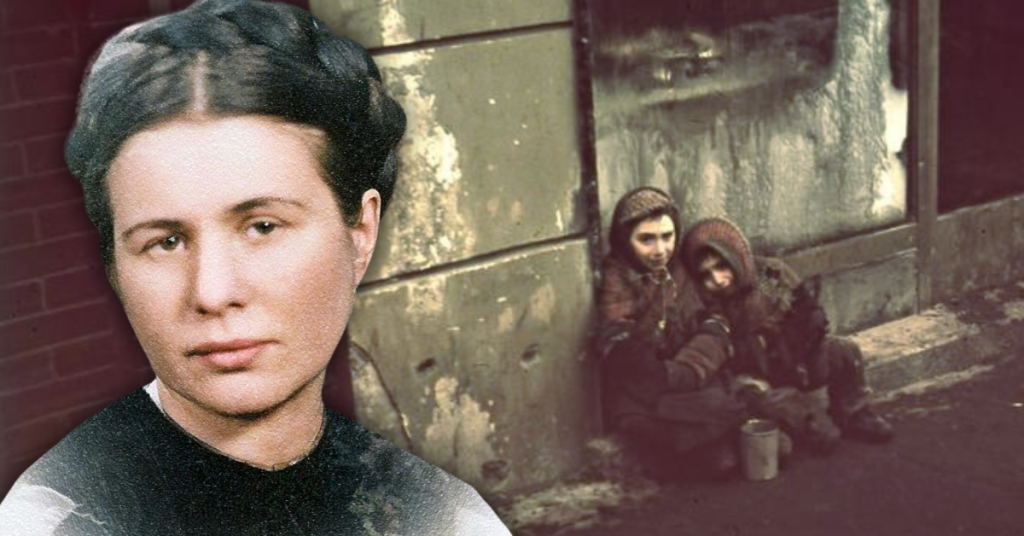
By then, many of the children she had saved had become grandparents themselves. They remembered her not through headlines, but through stories told around dinner tables, through photographs they still held, and through names once buried in jars.
She risked everything — not for recognition, not for power — but because she believed every child mattered.
She saw human dignity where others saw a number. She saw possibility where others saw death.
She could not stop the war. She could not stop the killing.
But she refused to do nothing.
Quiet Bravery, Enduring Light
There are heroes whose names fill textbooks.
And then there are the ones who worked in the shadows, who moved quietly through unspeakable times with their hands open and their courage steady.
Irena Sendler was one of those.
Not just because she saved thousands. But because she never stopped believing that the right thing was worth the cost.
Even when her body was broken.
Even when no one knew her name.
Even when the world went on without asking.
She didn’t break. She just kept going.
And in doing so, she left behind not a monument — but a living legacy, written in the names of children who got a chance to grow up, simply because one woman refused to walk away.

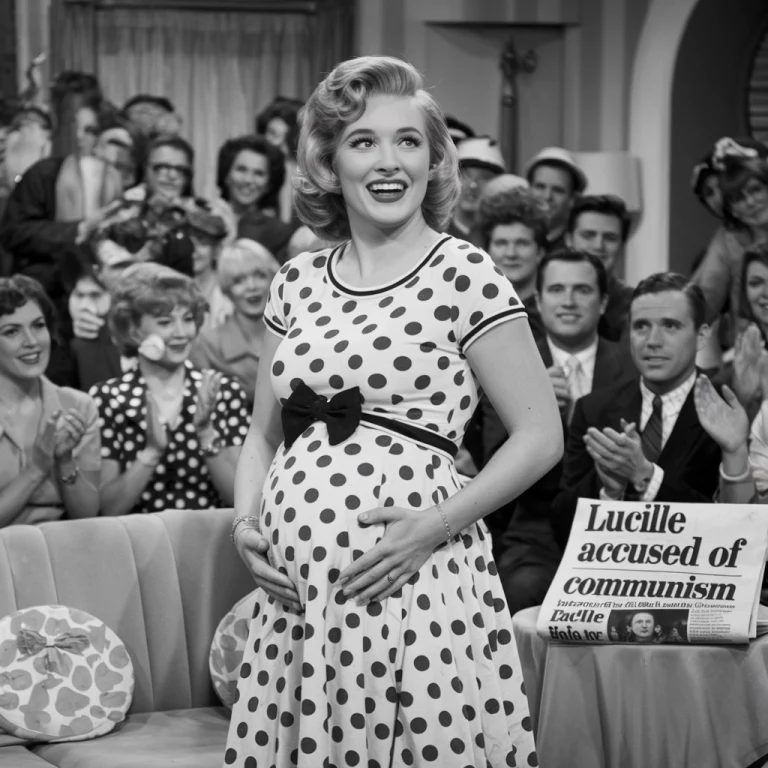
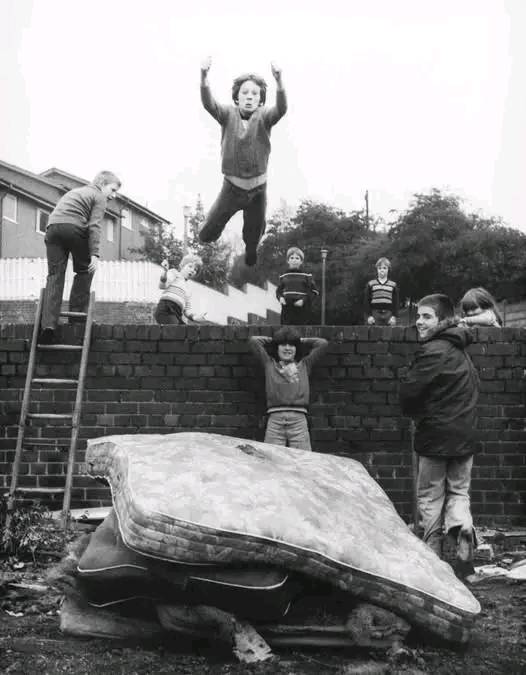
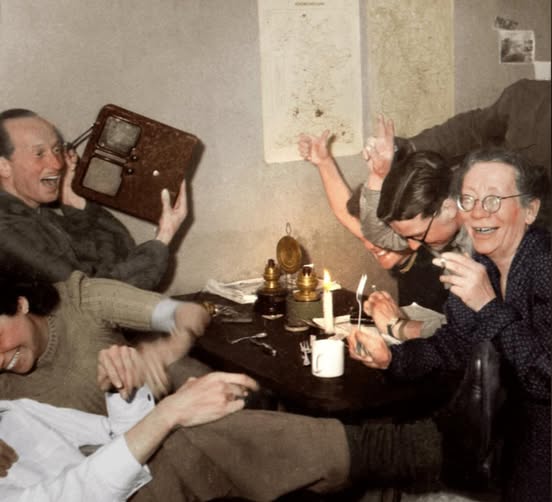
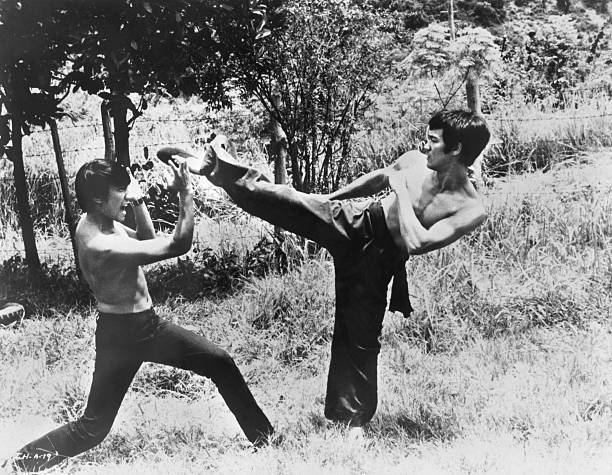
My heart goes out to the people that were in the camps or anyone that had to live through those years. Is there a book about her?
God bless her.